Indian Pipes Facts
- Firstly, the unusual term of Indian Pipes serves as the common name for an extremely unusual species of plant. However, the distinctive plant also possesses several other common names. These include ghost plant and the corpse plant, among others. But, researchers know it by the scientific name of Monotropa uniflora.
- Furthermore, this quite remarkable herbaceous species also evolved to fill a very specific ecological niche. While the perennial plant qualifies as herbaceous, it contains absolutely no chlorophyll. This further makes the amazing species one of the few true plants known to man that does not utilize chlorophyll.
- In addition, the fascinating variety of fora also represents a truly remarkable plant for yet anther reason. That’s because the Indian Pipes also evolved as fully parasitic in nature. Nevertheless, this only occurs within certain very specific conditions. This, therefore, severely limits its potential habitats.
- Further, it also grows only in conjunction with certain fungi which already parasitize trees, usually beech trees. Therefore, in effect, it actually represents a parasite of a parasite. Finally, since it appears to be relatively abundant in its native range, at least for the moment, the IUCN currently has no listing for it.
Related Articles
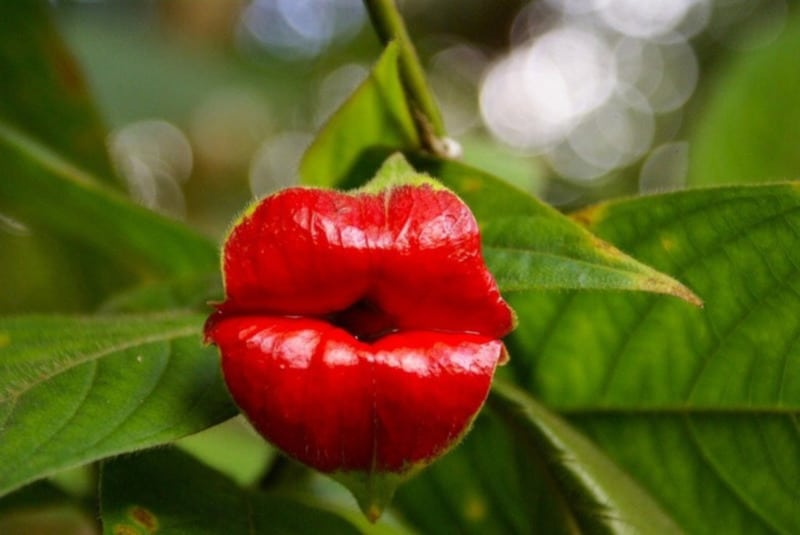

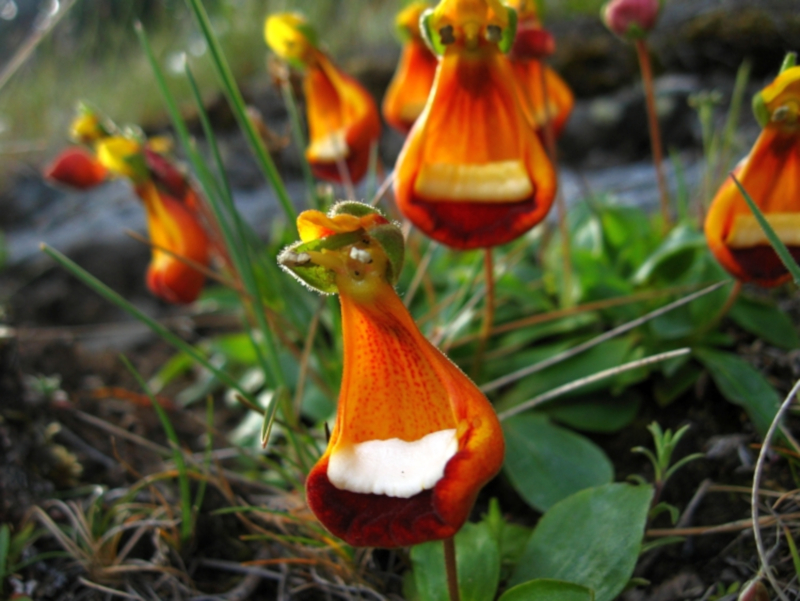
Indian Pipes Physical Description
Perhaps most notably, the sincerely astonishing Indian Pipes distinguishes itself from other plants in terms of appearance. That holds true due to the fact that it remains predominantly pure white in color. This occurs due to its lack of chlorophyll. However, it will occasionally display light pink shades with small black spots.
Additionally, the great majority of specimens of the amazing species also tend to attain only a moderate size. In point of fact, these typically achieves a maximum height measuring roughly 12 in (30 cm). Further, its leaves also generally develop as quite few in number. Also, these themselves rarely exceed 0.4 in (10 mm) in length.
Finally, this comparatively astonishing plant possesses yet one more remarkable physical feature to amaze the viewer. That’s because of the fact that each specimen only produces a single downward pointed flower per stem. Meanwhile, the fruit of the Indian Pipes consists of a small capsule. This enlarges and turns upright when the seeds reach maturity.
- Kingdom: Plantae
- Phylum: Angiosperms
- Class: Eudicots
- Order: Ericales
- Family: Ericaceae
- Genus: Montropa
- Species: M. uniflora
Indian Pipes Distribution, Habitat, and Ecology
First of all, the astonishing Indian Pipes only inhabits a comparatively small portion of the globe. That’s because the species appears to only occur in limited temperate portions of the continents of North America, South America, and Asia. But, even within these regions, however, it remains uncommon. To be more precise, the species usually occurs only in extremely widely scattered, small concentrations.
Furthermore, since it does not require sunlight for photosynthesis, the Indian Pipes flourishes in regions where most other plants never manage to gain a foothold. That holds true since it most typically grows in extremely dark environments. But, these widely scattered locations quite obviously vary from location to location. Typically, though, this zone of habitation includes such places as extremely dense forests.
In fact, this remarkably amazing small plant also remains one of the few known flowers to grow in this manner. Further, the environmental requirements of the species remain highly complex. Finally, as a result of this fact, propagation only occurs with great difficulty. That serves as the main reason the species occurs sparsely and in small numbers. This holds true despite having a wide range of distribution.
Species Sharing Its Range

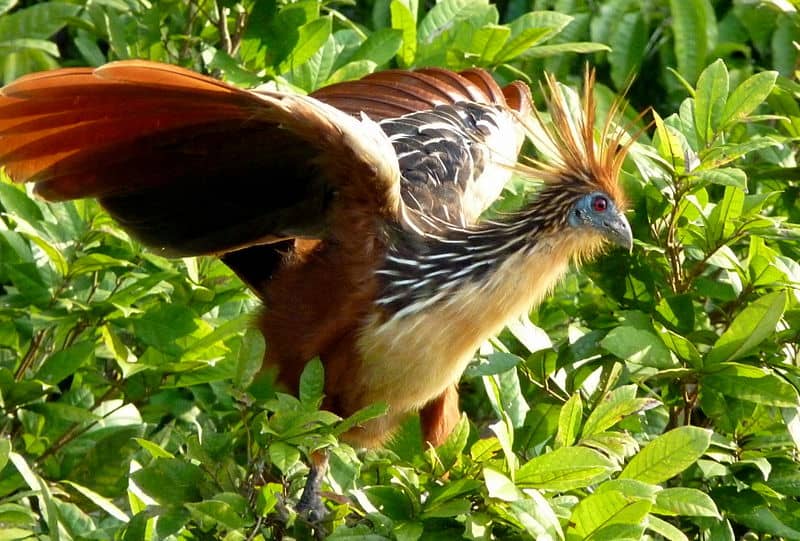
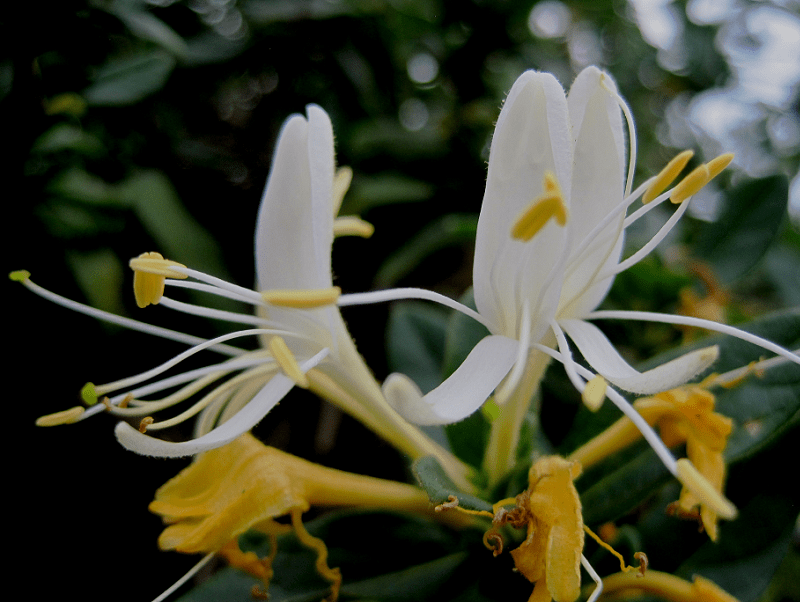
Check out our other articles on 9 Truly Magnificent Mantises, Giant Oarfish, Pearl Shoal Waterfall, Green Anaconda, Hobo Spider, Korean Fir, Caracal, Northern Bald Ibis, Striped Possum
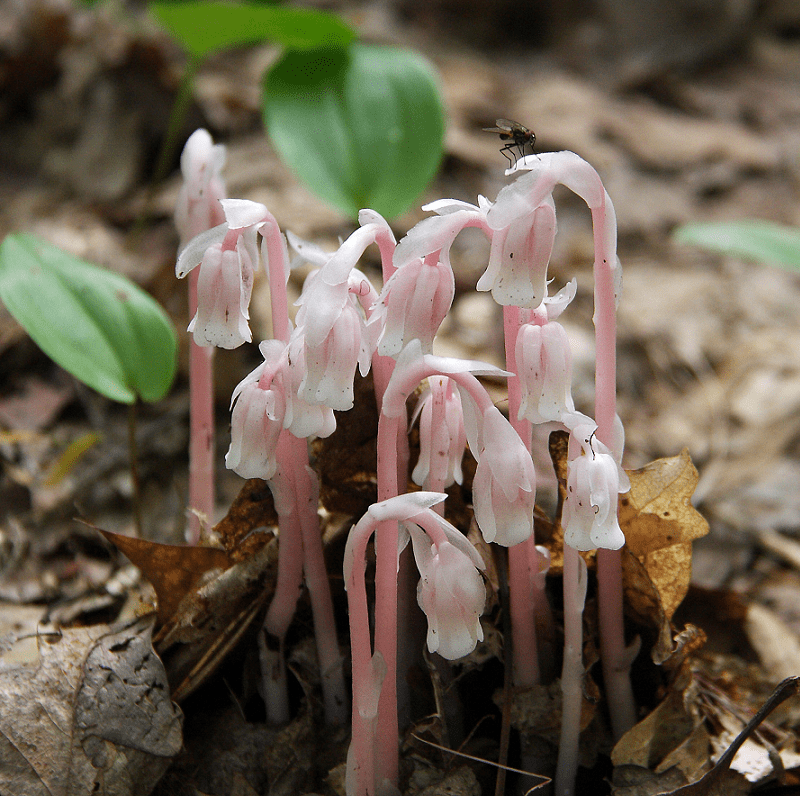
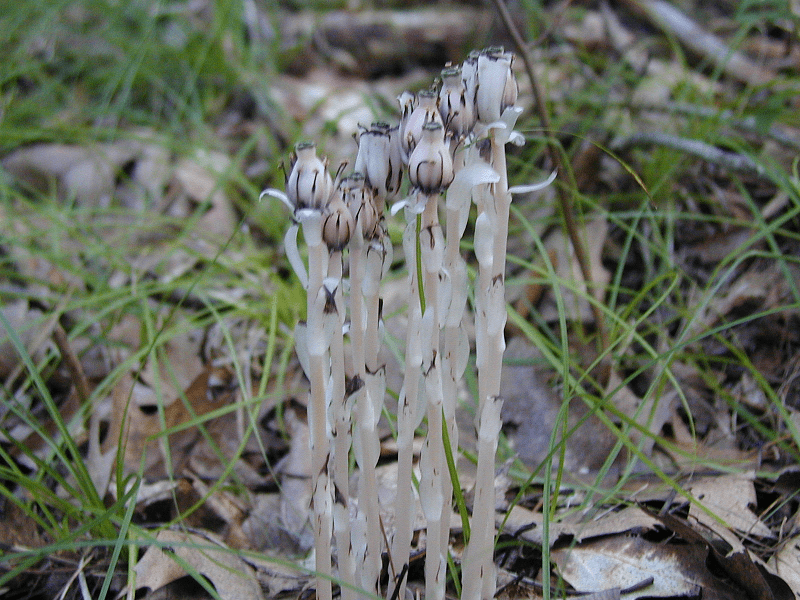
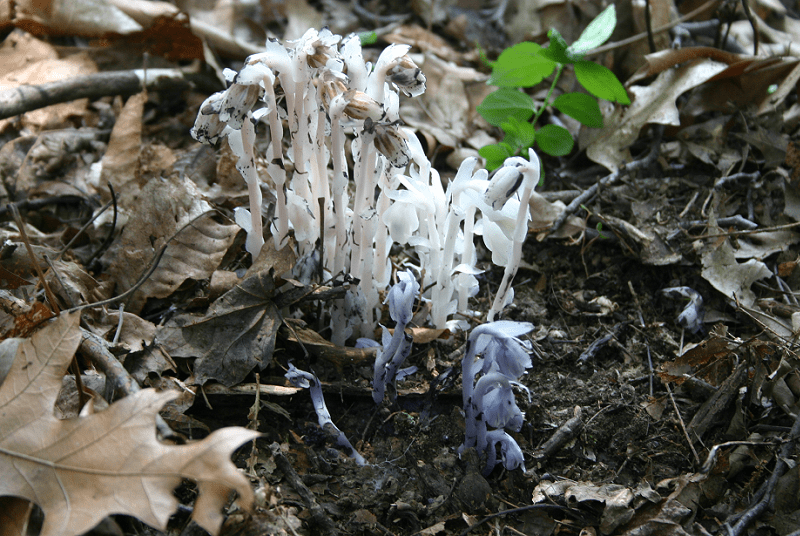









Leave a Reply